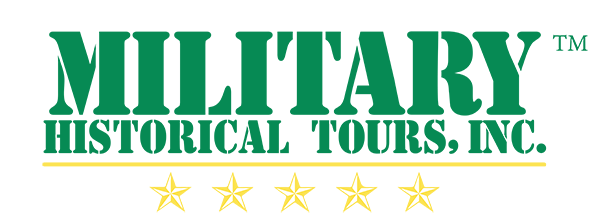Blog 03/22/2021 - MHT Iwo Jima & Baron Nishi
MHT recognizes one of the Imperial Japanese Army (IJA) Leaders still entombed on Iwo Jima along with 123 US Marines & sailors. We look at Colonel Baron Takeichi Nishi’s, IJA (July 12, 1902 – c. March 22, 1945) life.
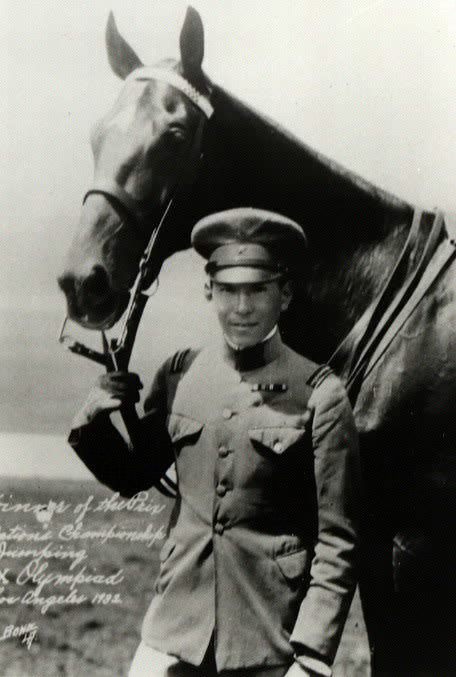
He was the illegitimate third son of Tokujirō Nishi, a danshaku (baron under the Kazoku peerage system of the Empire of Japan which evolved from the feudal lords.) His father had various high-level positions in the Ministry of Foreign Affairs and Imperial Privy Council, leading up to Ambassador to China's Qing Dynasty during the Boxer Rebellion in Peking being rescued by the joint relief column that had IJA troops and US Marines Corps and Army units fighting side by side.

At 10, Nishi succeeded to the title of Baron upon his father’s death. In 1915, he entered Tokyo First Junior High School in accordance with the dying wishes of his father. In September 1917, Nishi entered Hiroshima Army Cadet School, a military preparatory school established on Prussian models, and in 1920 took courses at Tokyo Central Cadet Academy. He completed his studies that year and began courses at the IJA Academy. Midway through his studies, he was attached to the First Cavalry Regiment based in Setagaya, Tokyo. In October 1924, he graduated from the Academy and was commissioned a Second Lieutenant. He was stationed with the First Cavalry after graduating from IJA Cavalry School.

An avid horseman, Nishi encountered what would be his favorite horse, Uranus, while in Italy in 1930. As the army wouldn't pay for the horse, Nishi bought the horse with his personal funds. Nishi and Uranus competed in equestrian competitions around Europe, doing well and becoming a staple of Japan’s International Team. He went to Los Angeles, CA the future site of the Olympics on a reconnaissance mission to see the equestrian facilities and became a media sensation both for his love of driving convertibles around town and for becoming part of the Hollywood social circle led by movie legend Charlie Chaplin, movie star couple Mary Pickford and Douglas Fairbanks and even Will Rogers. The trip turned into a social awakening, with Nishi enjoying nights out with his new, high-profile movie crowd, along with young cavalry officers from around the world.
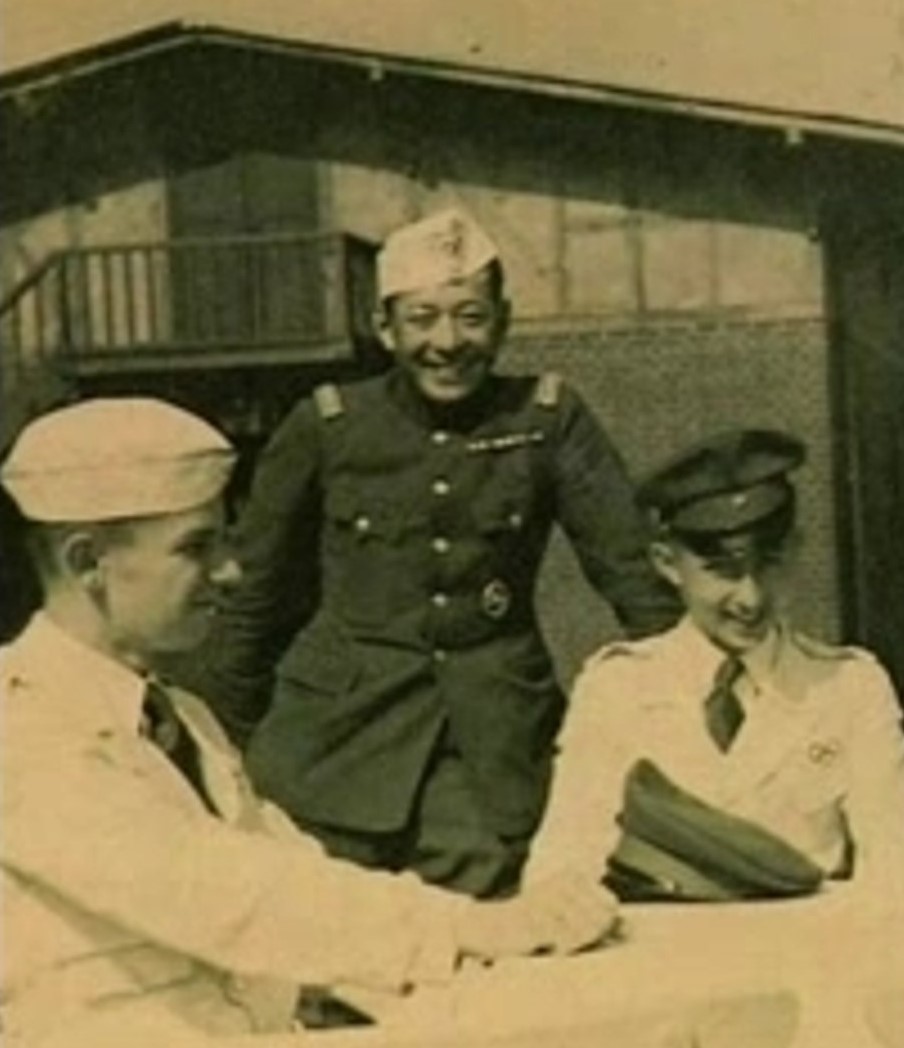
In 1932, when Nishi was now a first lieutenant, he returned to participate in the 1932 Summer Olympics in Los Angeles. The team set up base in a rented house near the Riviera Country Club and he again assumed the role of playboy-in-chief, driving to training each day in a brand-new luxury Packard Convertible. With the equestrian events not scheduled until the final day of the Games, some thought there was a risk of Nishi burning himself out before he had even competed, but on 14 August, the 30-year-old showed the watching crowd of 100,000 packed into LA’s Olympic Coliseum that he knew how to work hard as well as play hard.
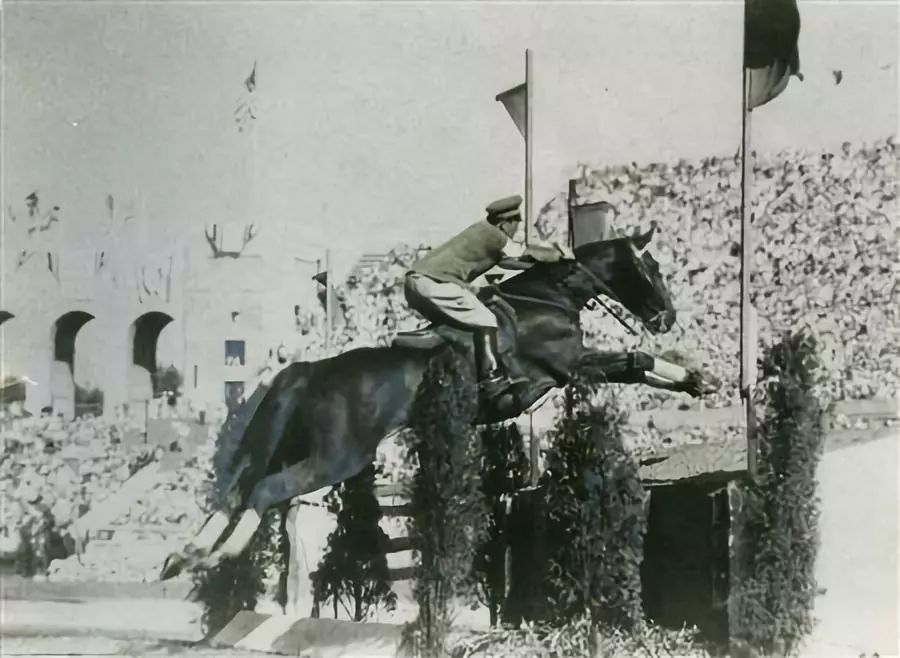
Competing against favored opposition in the last of the three equestrian events (the prestigious Prix des Nations jumping event featuring some eighteen obstacles of varying heights) he completed the course in 2 minutes 42.2 seconds to win gold.
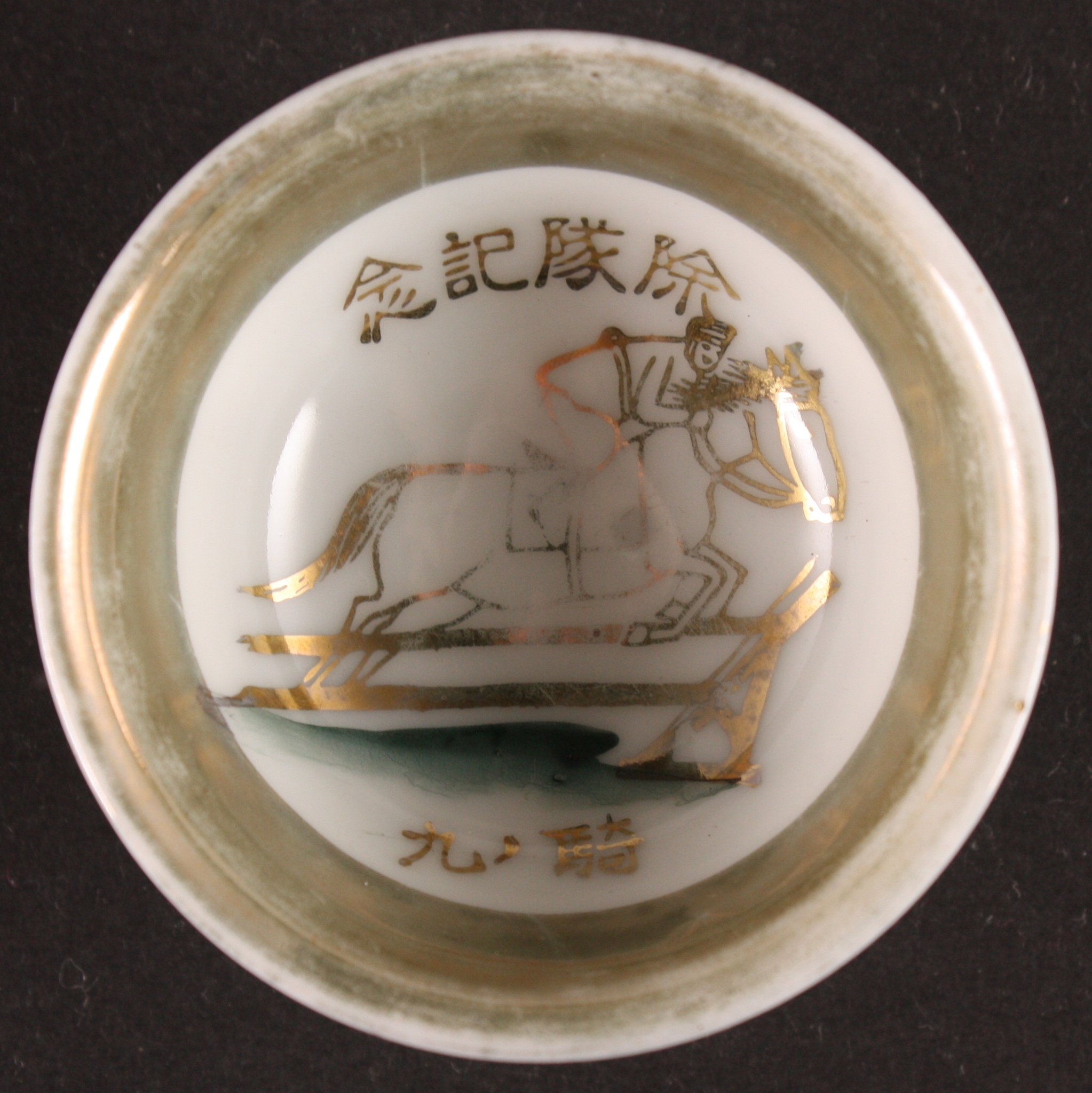
His victory was described in a Pennsylvania newspaper the following day as “one of the greatest surprises of the games”, with Nishi aboard Uranus defeating elite challenges of “the crack horsemen of the United States, Sweden and Mexico to capture individual honors.” This Gold remains Japan's only Olympic medal to date in an equestrian event. His well-publicized victory broke through the general hostility towards Japan that followed from the Mukden Incident and invasion of Manchuria. Westerners, especially Americans, referred to him as Baron Nishi. He was also hugely popular among Japanese Americans, who were ostracized by American society in this period.
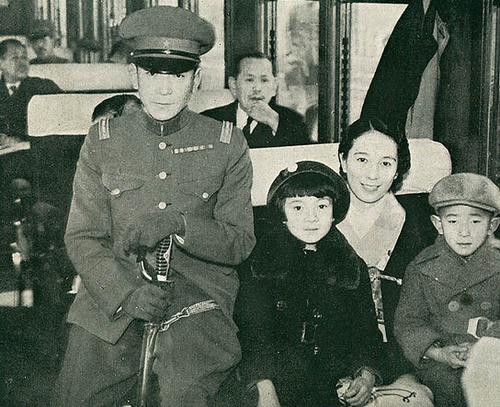
After the Olympics, he was reassigned to the 16th Narashino Cavalry Regiment and promoted to be a cavalry instructor at the regimental school with the rank of Captain in August 1933. Nishi and Uranus participated in the 1936 Summer Olympics in Berlin, Germany but Nishi fell off his horse mid-course. There is speculation this was intentional and done for the benefit of host country Nazi Germany, with whom Japan would sign the 1940 Tripartite Pact, forming the Axis Powers. The 1936 Show Jumping individual event gold medal was won by Germany.
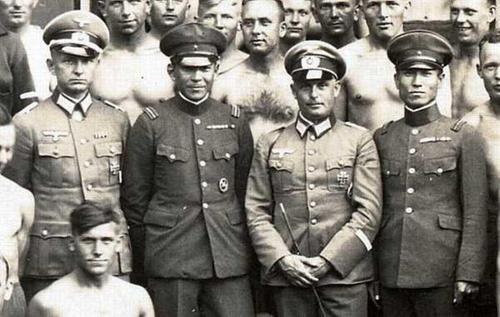
Nishi was promoted to Major in March 1939 and as the IJA went from Cavalry to Tank force, he was given command of the 26th Tank Regiment, based in Mudanjiang, in Manchuria on defensive duties. He was promoted to the rank of Lieutenant Colonel in August 1943.
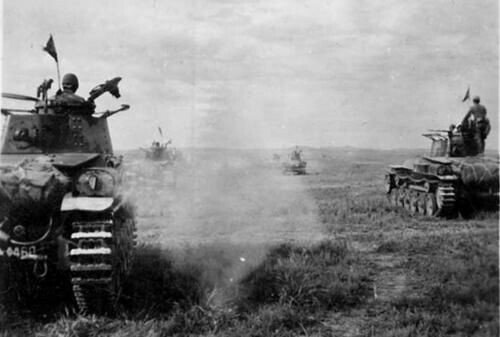
In 1944, the 26th Tank Regiment was reassigned from North China to Iwo Jima under the command of Lieutenant General Tadamichi Kuribayashi. On July 18, 1944, while sailing from Pusan, Korea to Iwo Jima, the ship Nisshu Maru transporting the regiment was struck by torpedoes fired by submarine USS Cobia (SS-245.) While only two tankers were lost at sea but all 28 tanks of the regiment went down with the ship. Nishi briefly returned to Tokyo to obtain replacement tanks and eventually received 22.
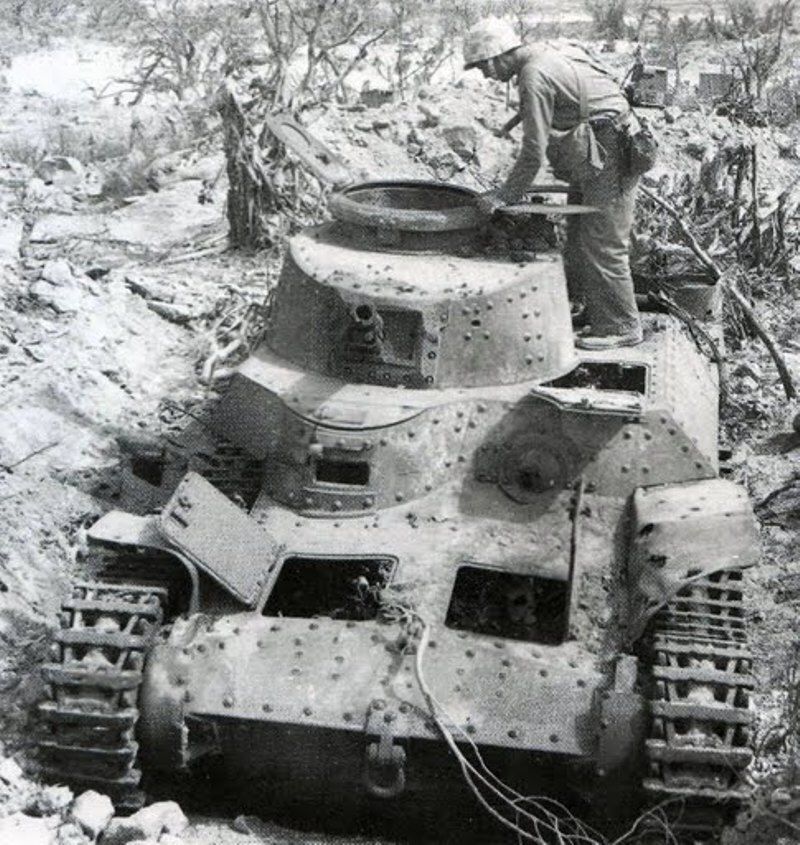
While back in Japan, he borrowed the car of Daijiro Kawasaki, future CEO of Daihyaku Insurance and a close friend whose father owned Kawasaki Heavy Industries. He visited his horse Uranus, who remained at the Bajikoen Horse Grounds in Tokyo.
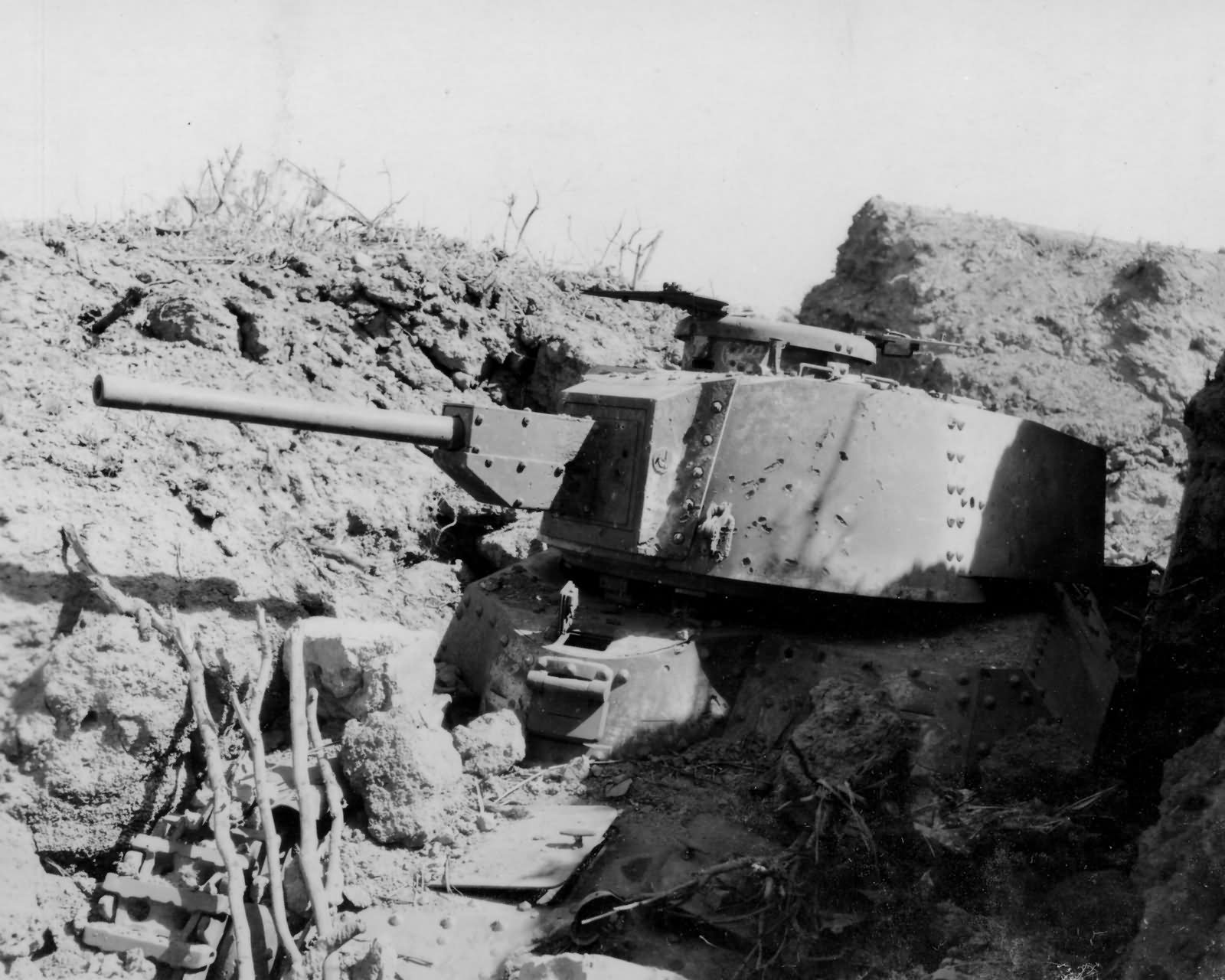
On Iwo Jima in 1945, Nishi’s 26th Tank Regiment was part of the Ogasawara Corps (IJA 109th Division.) He would cut a splendid image of a Cavalry Officer walking around wearing his Hermès brand riding boots, jodhpurs and carrying his favorite riding crop. Due to the island’s topography some of his medium Type 97 Chi-Ha and light Type 95 Ha-Go tanks were placed in hull defilade (buried up to their turrets) and used as fortified bunkers against the Marines superior M4 Sherman Tanks.
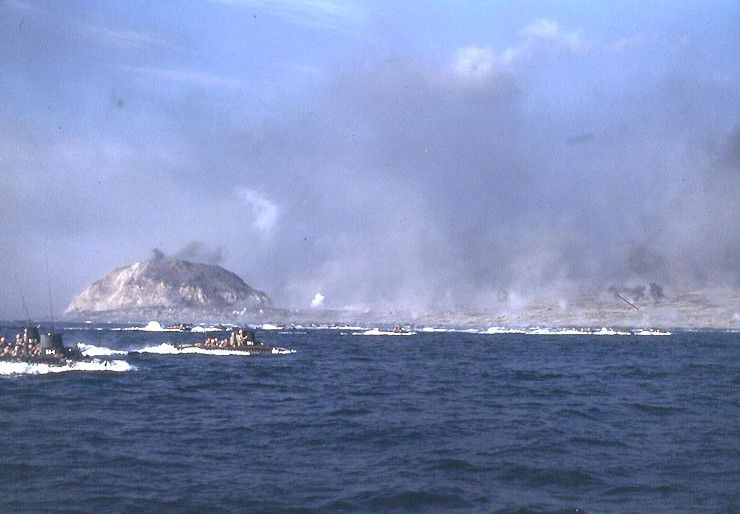
After the landing on 19 February the Marines knowing he was a commander, broadcast daily appeals for him to surrender, stating that the world would regret losing "Baron Nishi." Nishi never responded to those appeals but The USAAF intelligence officer responsible for this attempt was Sy Bartlett from Guam who would later write the novel and film screenplay for “Twelve O'Clock High.”
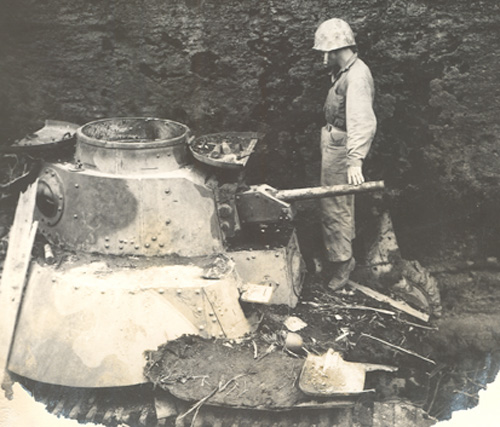
There is much conjecture on how Nishi met his end at only 42. One theory is that he found himself in the midst of enemy forces on the morning of March 21 and was killed by Marine machine gun fire. John C. Shively, in his novel “The Last Lieutenant”, supports this idea as the author recounts a story told by his uncle in which his platoon fires upon a group of Japanese soldiers moving during the night. In the morning, his uncle finds a body resembling Nishi's wearing riding boots and jodhpurs. Another is that he and his aide killed themselves with their pistols near Ginmyosui or Futagoiwa. Yet a third, is that he was burnt to death by Marine flamethrowers in his cave headquarters. The final is that he and his remaining tankers made a final assault and were KIA.
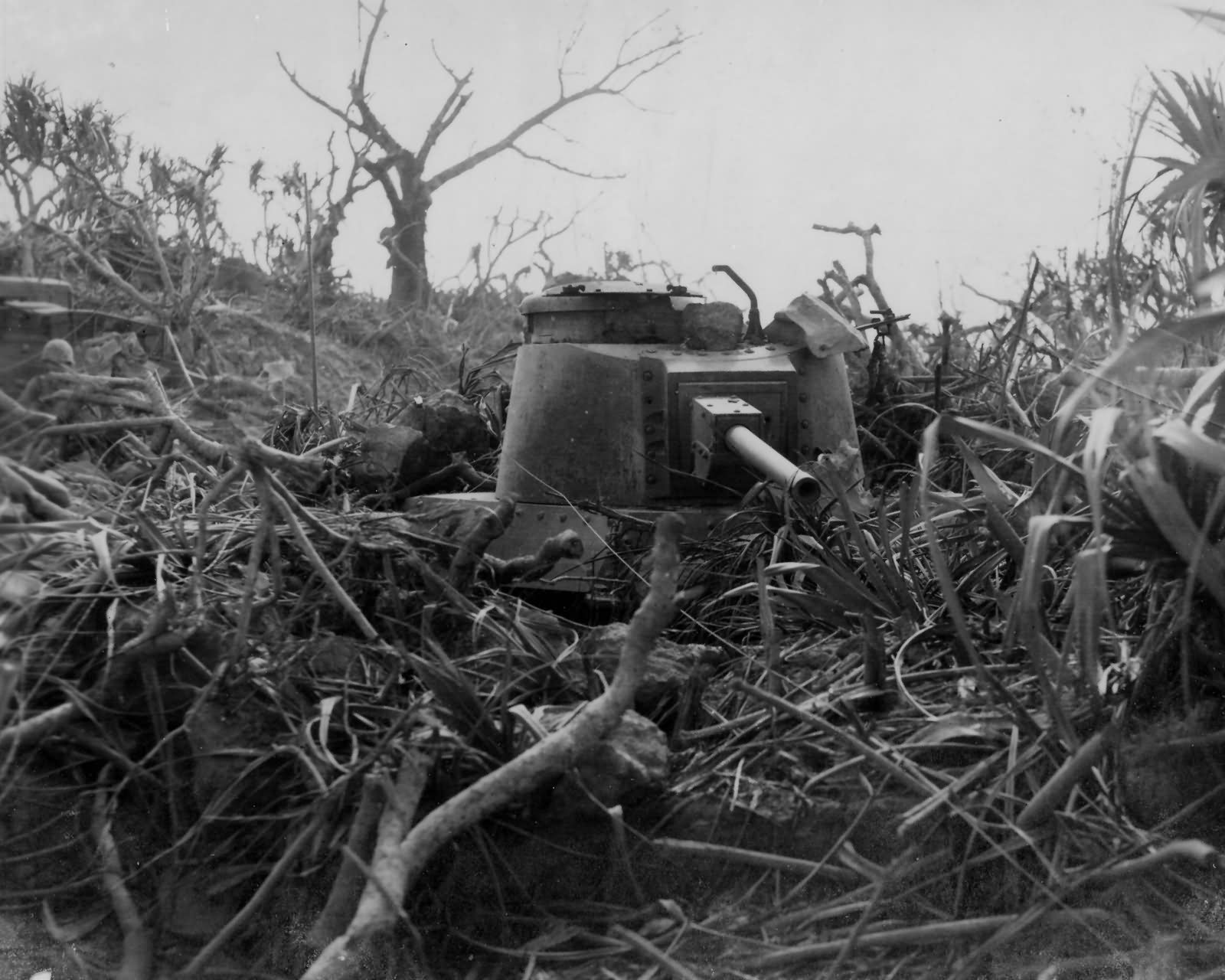
Nishi was posthumously promoted to the rank of Colonel. His son Yasunori Nishi (is currently Vice President of the Association of Iwo-Jima the Japanese complement to the US Iwo Jima Association of America, succeeded him as the 3rd Baron Nishi. All Japanese hereditary titles were abolished during the American occupation after the war. Uranus died one week after Nishi, and in 1990, he was commemorated at the War Horse Memorial.
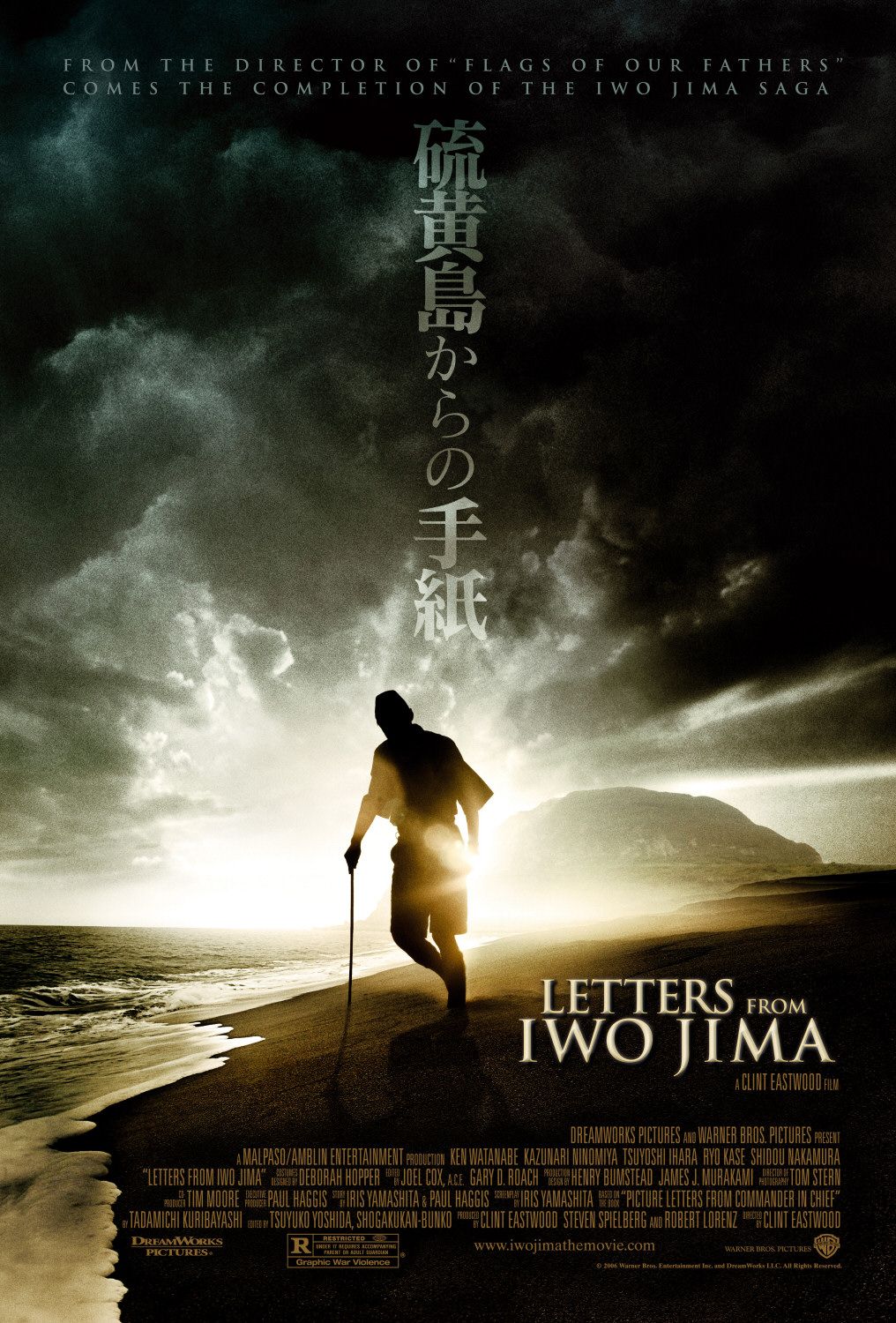
In Clint Eastwood’s 2006 film “Letters from Iwo Jima,” Baron Nishi is played by Korean-Japanese actor Tsuyoshi Ihara. The film portrays Nishi as being close friends with LtGen Kuribayashi, but in reality, there was some animosity between the two leaders. Nishi incurred Kuribayashi's displeasure by ignoring his prohibition on using precious water to wash tanks. Nevertheless, the popularity in Japan of both men as defenders of Iwo Jima grew (Note Nishi on the beach in Kazama Sachiko’s 2017 woodcut “Baron Kindai Goshu Maro in Iwo Jima.”)
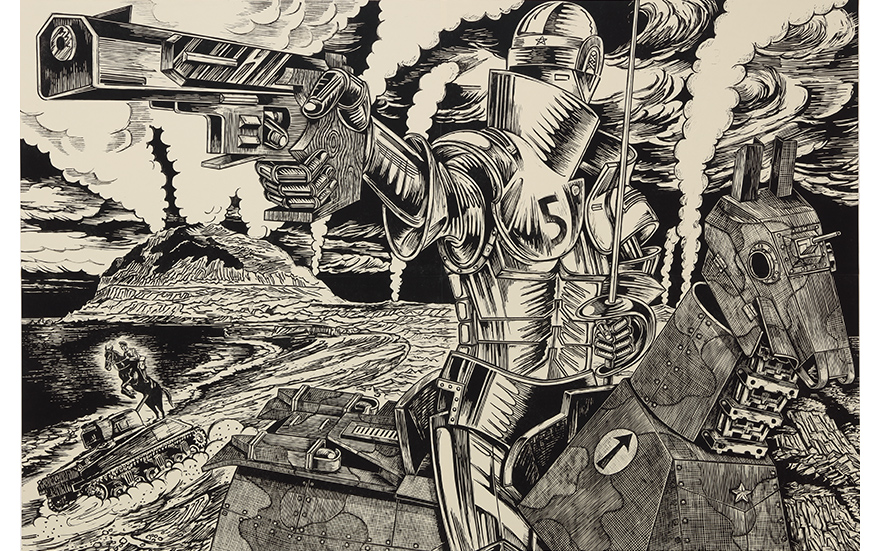
In the 2006 movie, Nishi uses some of the scarce medical supplies on a wounded US Marine he is questioning. Ono Kaoru's biography of Nishi gives credence to this as an actual event:
Lieutenant Okubo: Shall I finish him off?
Baron Nishi: No. Treat him.
Lt Okubo: But, sir...
Baron Nishi: Okubo, you would expect the same, wouldn't you? Endo, treat him.
Medic Endo: We are low on morphine as it is.
Private Shimizu: Sir, the Americans would not treat a wounded Japanese soldier.
Baron Nishi: Son, have you ever met one? Treat him.
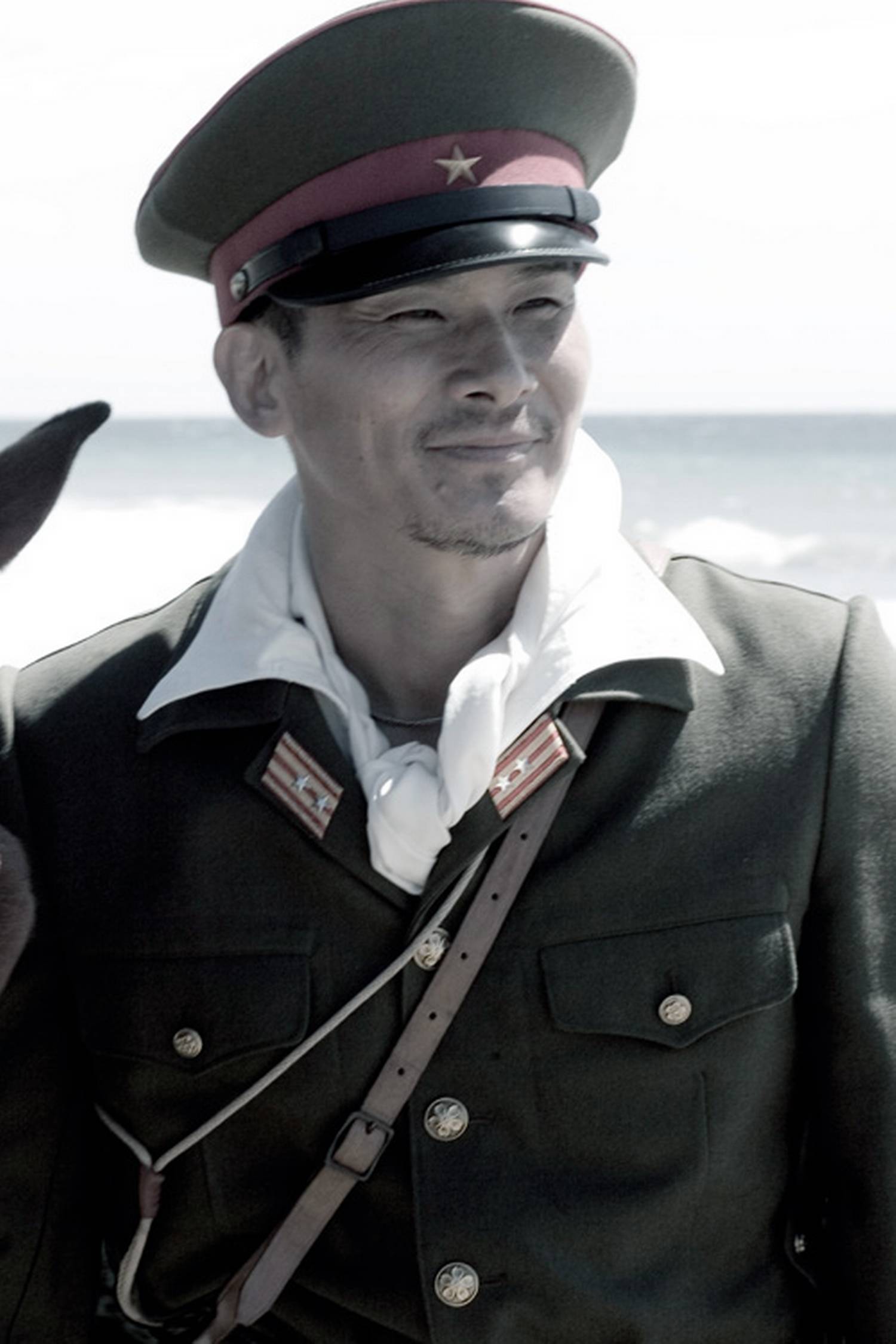
Eastwood provides a fifth theory in his film, when he portrays Nishi as taking his own life after being wounded and blinded during the battle.
Biographer Ono Kaoru in a final thought on Nishi proposes, "Few people comprehended him and only Uranus understood him."
https://www.miltours.com/index.php?route=product/product&path=24&product_id=77
